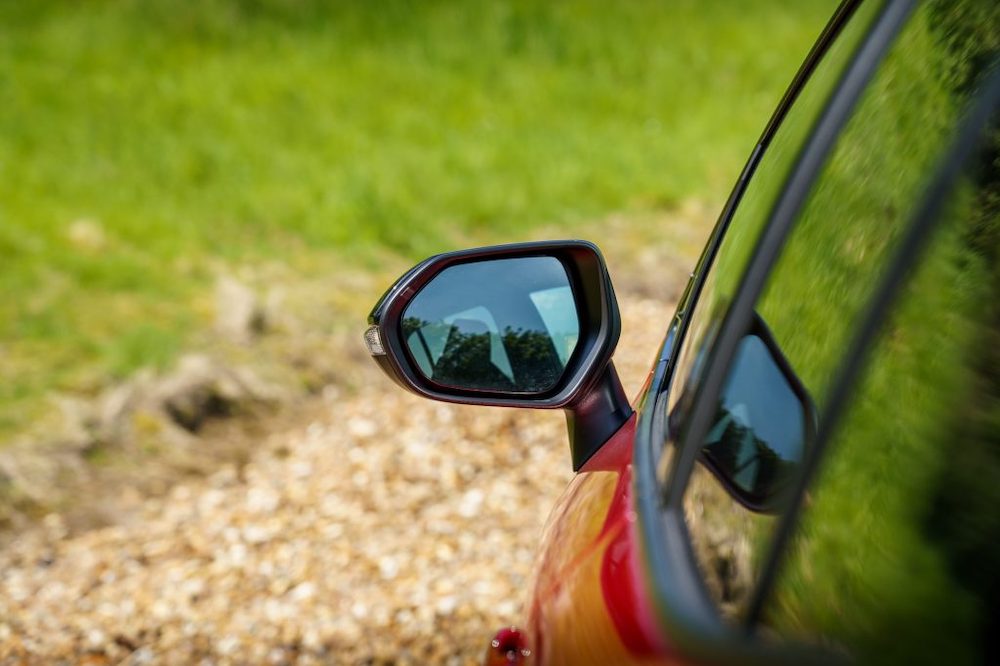Ask any car dealership owner and they’d agree: the modern automotive market is a competitive and cut-throat industry. It’s common for dealerships to employ a wide range of tactics to improve and enhance the customer experience—all while collecting a good portion of their keep.
One area in the car-buying process that car dealerships often hone in on is the payment methods. Cars are unique products in the sense that they cost way more than your average product, and it’s highly unlikely for consumers to have the exact cash to cover the purchase price right in their wallets.
Given the weight of a car purchase on the average consumer, car dealerships have to ensure that the payment process is as smooth and secure as it can be. Any form of friction can heavily interfere with the buyer’s purchasing decision process, which can potentially cause your business a customer.
As such, giving your buyer an easy payment journey is not just a recommendation, it’s essential if you want your business to experience growth and prosperity.
In this article, we’ll give you insights and tips on how to set up a streamlined payment journey that can simplify and ease the customer experience. Let’s get right into it.
1. Use a Dealership Management System (DMS)
A dealership management system, or DMS for short, is a special software that helps car dealerships perform their daily operations efficiently.
From sales to data entry, the DMS serves as the central data storage and optimisation tool to enhance the productivity and accuracy of day-to-day functions.
Without a DMS, a lot of financially related functions will be manually tabulated and tracked. This can be very time-consuming for your team. Not to mention, it’s prone to inaccuracies.
With a DMS, all the information can be easily tracked and shared in real-time across different teams, enabling efficiency and accuracy in the workplace.
Furthermore, this software tool can also create billing estimates and accounting statements within its system, making it a great way to templatise and streamline the creation of invoices—reducing the strain for your team to finalise the sales process.
2. Offer Flexible Payment Methods
Another way of gathering more market share in the competitive automobile industry is by offering multiple payment methods.
It’s natural for customers to have their own preferred way of paying. As a car dealership, accepting multiple forms of payment can entice these customers to consider your dealership as the one to buy their car from.
Not everyone will have a stack of cash just lying in their bank account. Some may have them in assets or in crypto.
So, in anticipation of this, consider accepting payment methods such as bank transfers, bank cheques, cryptocurrencies, and credit cards.
Furthermore, it’s also a good idea to allow customers to make down payment and instalment-based arrangements. This flexibility allows customers to pay according to their financial abilities, which can incentivise them to secure a contract sooner rather than later.
By offering flexible payment modes, you’re showing your dealership’s commitment to customer convenience. When customers know they have multiple ways to complete a transaction, they’re more likely to view your dealership as adaptable and customer-centric—thus incentivising them to choose your dealership over others.
3. Use Robust POS Systems
Traditional cash registers are effective in small-scale operations with a fast turnover of goods, like convenience stores or supermarkets. But they’re not the best option for accepting payments for a more premium product catalogue, like cars. You’d need a POS machine for that.
What makes POS (or point-of-sales) systems so effective is their built-in ability to integrate with other software tools. Modern POS can integrate with inventory, financial, and CRM tools, making the sales experience an informed and pleasant experience for both you and your customer.

Furthermore, and perhaps most importantly, a POS system can process a broad range of payment options. For instance, it can process and track cash, credit cards, debit cards, and mobile payments with ease.
Besides the aforementioned perks, there are more functionalities you can get from having a POS system on your premises. Read here to learn more about what an EFTPOS machine is and its unique set of benefits.
4. Reduce Transaction Fees
Another way to entice customers to shop in your dealership is by reducing intermediary fees. Typically, banks and other payment providers will charge a processing fee for their service, reducing the margin of profit you have and increasing your customer’s spending in turn.
This can make your brand seem like an inferior option, especially if other dealerships don’t have to deal with this particular cut.
While some of these fees are necessary evils, if you have the chance to reduce and renegotiate these fees, go ahead and try doing so.
Lowering the processing fees allows your company to market more competitive prices for its car catalogue without suffering from low margins. In turn, this makes both you and the new car owner happier with the exchange.
5. Systematise Chargebacks
In the event that your customer initiates a refund, your company will have to return the payment owed to the buyer. This returned fee is called a chargeback.
And while it may seem as easy as reversing the transaction, it can get quite complicated to account for on the accounting side of things—especially considering the high price of this item.
To minimise any hiccups, it’s a good idea to set up a formal system to initiate the chargeback process. Dealerships that create standardised procedures to track, dispute, and resolve these claims promptly can enjoy a lower risk of financial loss.
There are many ways you can do this. If your customer can make a purchase online and chargeback request from your company website, for instance, you can set up a chargeback management software to systematise the process.
This software can create standardised procedures that allow you to track and resolve claims. It also allows you to contact the initiator of the request and ask for additional details as necessary.
By having a system, you can patch up and process any pending chargebacks without suffering from operational disruption. This, in turn, allows your dealership to more efficiently focus on sales-generating activities and uphold its reputation as a trustworthy and reliable business.
6. Use Data To Understand Customer Behaviour
Finally, an essential part of streamlining payments is using data and analytics to decide on the best decision for your company.
With the proper data points, you can track customer spending, behaviour, and other useful insights that you can convert into profitable action.
Of course, you can also use these data points to find ways to make it more efficient for customers to make payments and for you to receive payments.
For instance, if you find that most of your customers use cheques to pay for their car, then you can allocate more of your resources to support that main payment gateway.
If you want a specific car model to sell faster, then you can create more payment methods for that particular unit to entice a broader range of people to pick that car over other units.
Another way to improve sales is to leverage your customer’s demographic and purchasing behaviour and send marketing material based on that.
By using data, you can perform a broad range of functions without the guesswork. This empowers your business to create more fitting and profitable strategies head-on.














